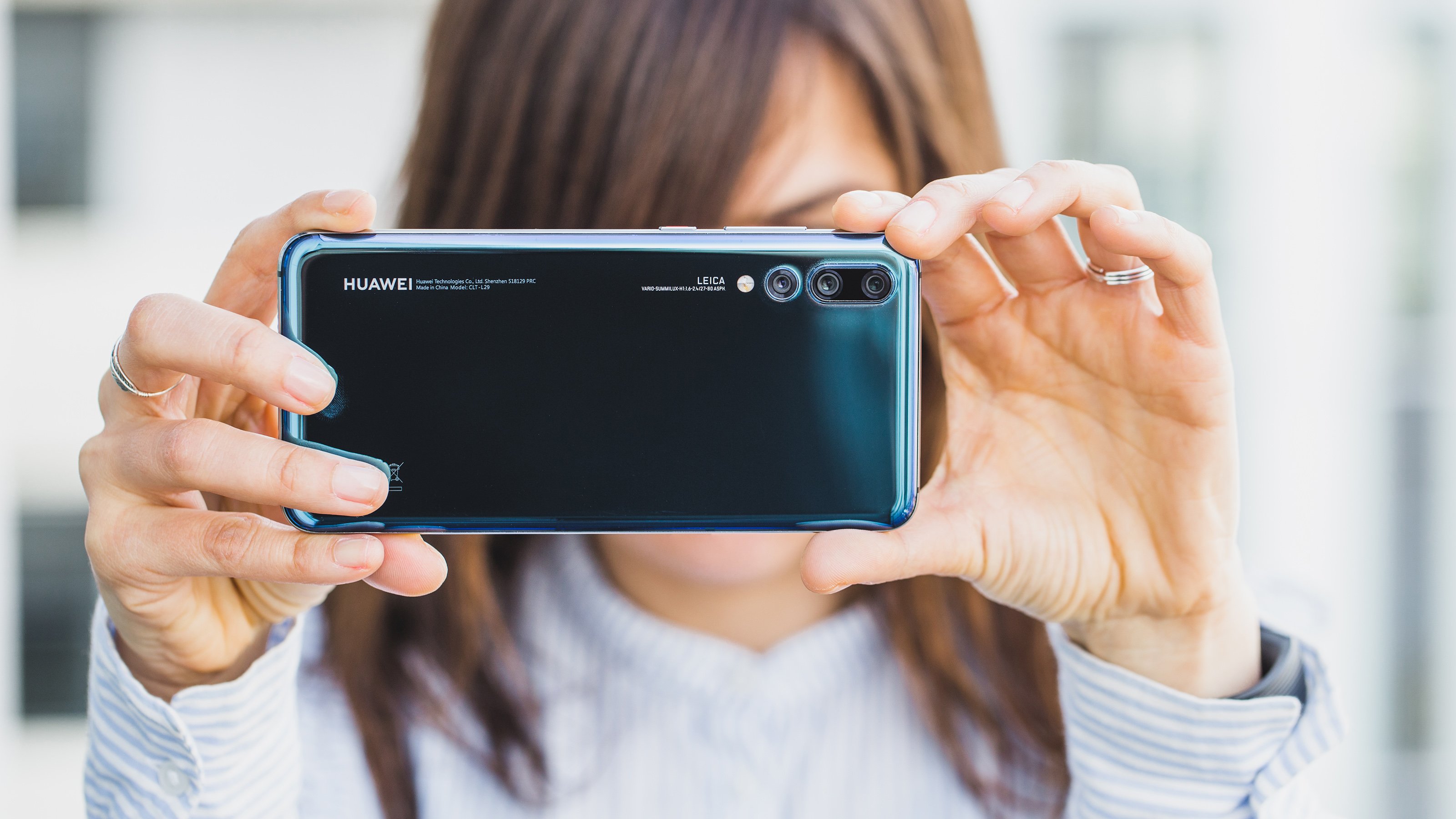When smartphones first came out, cameras were not a major focus. However, today even budget smartphones come equipped with capable cameras loaded with features. It’s uncommon to see anyone other than photography enthusiasts carrying a camera separate from their smartphone. Despite everyone having access to a camera on their phone, not everyone knows how to utilize it to its full potential. This article provides tips and tricks to elevate your smartphone photography skills.
Importance of Lighting
When using your smartphone camera, understanding the positioning of the light source in relation to your subject is essential. Smartphone cameras are compact and can only take in a limited amount of light due to their size. Overexposure can occur in challenging lighting situations, potentially impacting the quality of your photo.
To take the best photos, position the light source so it illuminates your subject. Indoors, have the subject face the light source; avoid having the light behind your subject, as this may cause them to be underexposed.
The example images provided demonstrate the impact of lighting: a subject standing against the sun appears heavily underexposed, while facing the sun brings out more detail and vibrant colors.
Keep Camera Lenses Clean
Over time, your phone’s camera lenses can accumulate dirt and smudges, which may affect your photos. Cleaning the camera glass before taking a picture can significantly improve image quality. Wipe the lens with a clean, ideally microfiber cloth, to remove debris and avoid scratches.
Utilize Zoom Features
Smartphones now often come with cameras offering optical zoom, eliminating the issues that digital zoom introduces. For instance, the Samsung Galaxy S23 Ultra features telephoto sensors that allow for 3x and 10x optical zoom, enabling you to zoom in without losing quality.
Telephoto lenses also let you capture tighter frames, putting focus on your subject. However, avoid using the telephoto sensor in low-light situations, as it may not gather as much light as the primary lens.
Modern phones with high-resolution sensors can digitally crop photos, mimicking telephoto lenses and allowing you to zoom without losing quality.
Edit Photos for Enhancement
Smartphone photo editing capabilities have evolved significantly, now incorporating AI and machine learning to help tweak colors, contrast, and other photo elements. Many apps offer one-touch enhancements that automatically improve photo quality.
Examples demonstrate how a quick edit can enhance colors and make photos more appealing. Features like Google’s Magic Eraser can remove unwanted objects from photos, providing a range of editing tools to improve your images.
Keep a Steady Hand
A steady hand is crucial when taking photos to avoid blurring. This is particularly important in low-light conditions, where the camera may need to keep the shutter open longer to capture more light. If holding the phone steady is difficult, consider using a tripod.
Explore Different Lenses and Angles
Modern smartphones offer various lenses such as wide-angle, ultrawide, macro, and telephoto. Experiment with different lenses to capture different perspectives. Wide-angle and ultrawide lenses can create dramatic photos, while macro lenses allow for detailed close-ups of small subjects.
Change your angle when taking photos by flipping your phone or adjusting your position. This can lead to more dynamic and interesting images.
Conclusion
You can take stunning photos with your smartphone camera by following these tips and tricks, eliminating the need for a separate camera. Once you capture your best shots, you can rely on services like Google Photos to store them safely.
